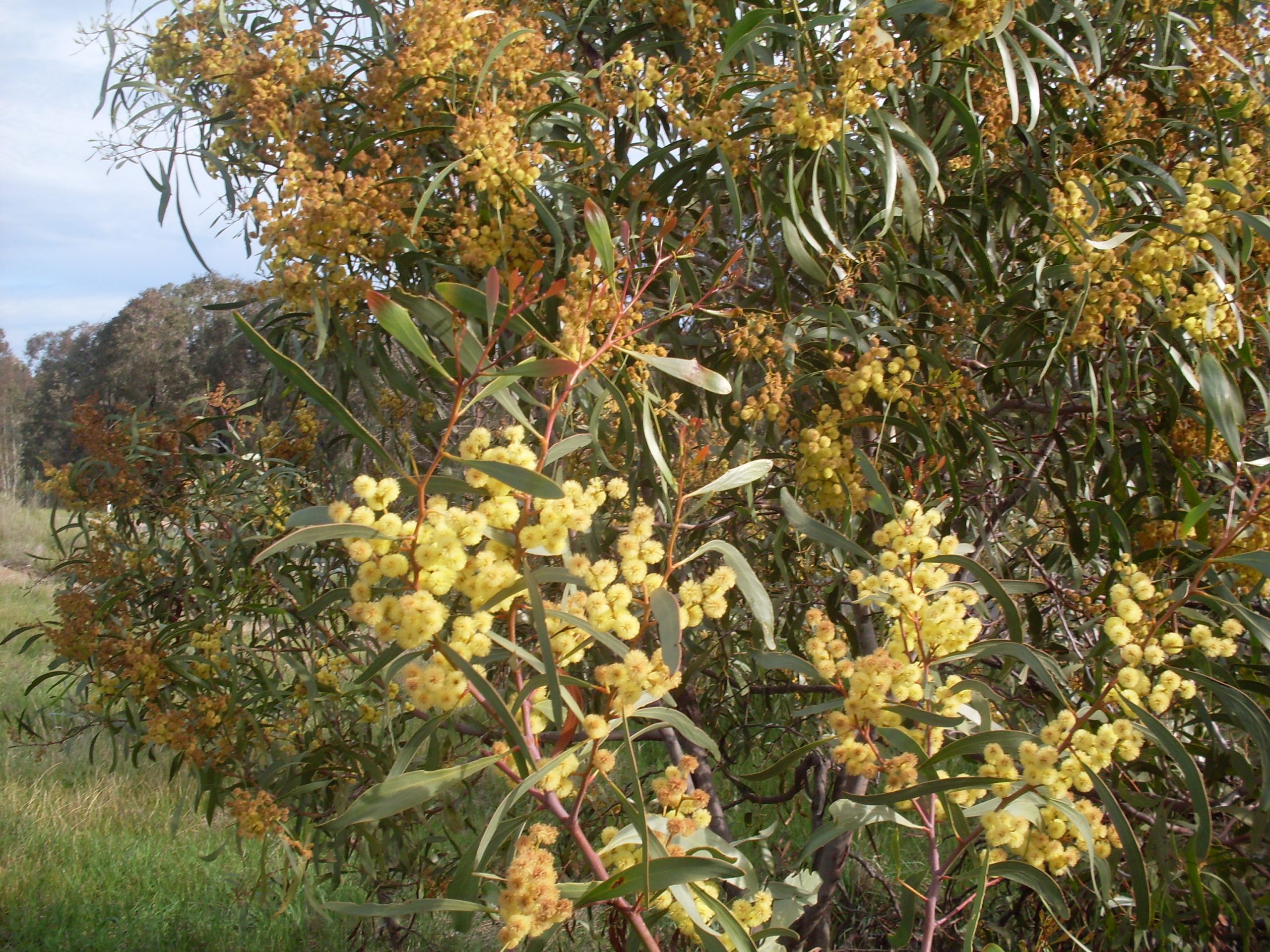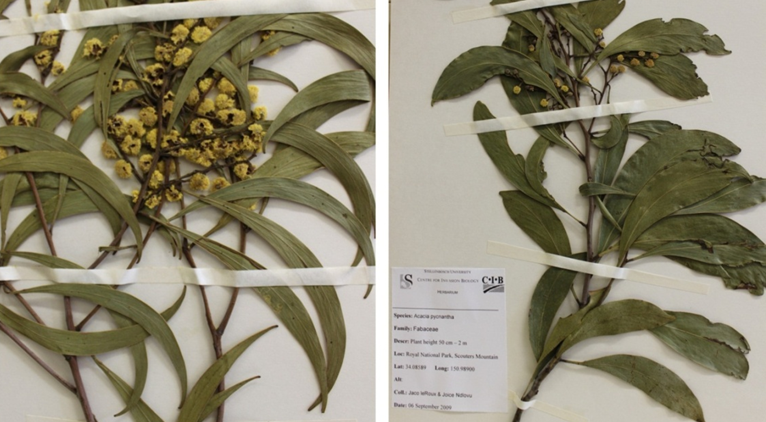Acacia seed banks can accumulate in the presence of biological control agents
A recent study by C.I.B PhD graduate Mathys Strydom (currently at the Academy of Environmental Leadership) found that annual seed input of invasive Australian Acacias is still high, despite the use of biological control agents.


